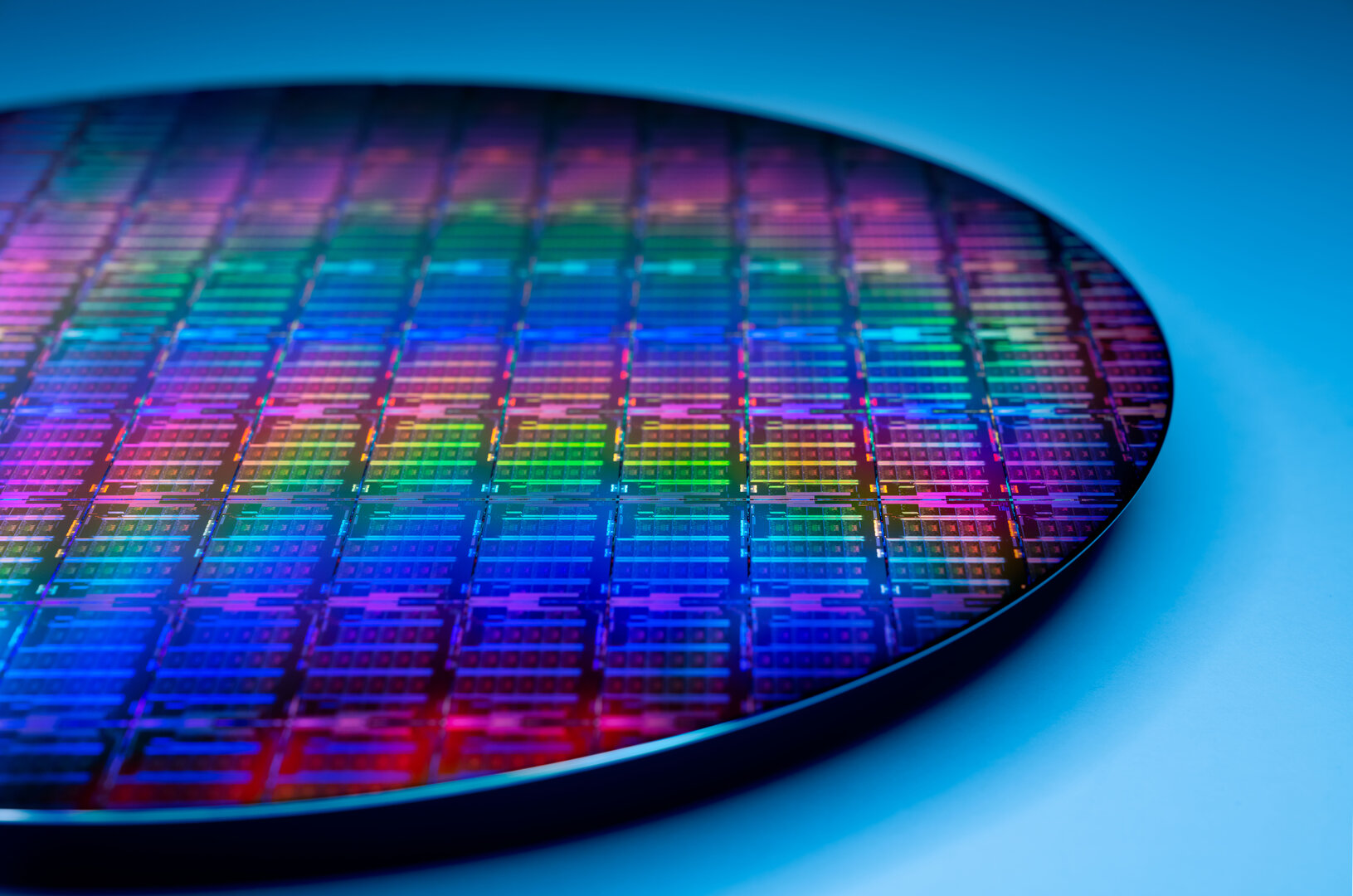Market researchers believe that Intel Ice Lake-SP should already have a 30 percent market share by the end of the year. This is a challenge for AMD, because on the other hand there is also ARM, although their market share is still small and should not be significantly larger before 2023.
Ice Lake-SP should hit
The 30 percent market share for Ice Lake-SP brought into play by TrendForce by the end of the year is a number that is quite remarkable. The last few weeks had already shown that Intel shipped a large number of chips before, at the start of and after the start in April of this year. CPUs were quickly available in places other than large OEMs and system integrators. According to ComputerBase's price comparison, various models up to the 40-core flagship are available at short notice. The 10-nm production now seems to be finally running, even the huge 40-core dies are there.

Thanks to TSMC's 7 nm process, which has been used for years at AMD, this is similar to the Milan CPUs introduced in March it is now also relatively short-term after it got a bit hooked in the first few weeks. Because, as the latest figures from Mercury Research reveal today, AMD has only achieved a market share of just under ten percent in the server environment, while Intel holds the other 90 percent in the case of x86 CPUs – every CPU counts here.
If AMD could make significant gains in the second half of the year, shipments would probably continue to be well below the mark that Intel is targeting with Ice Lake-SP alone. But since other Intel CPUs give way in return, the chance of increasing the market share is still there. AMD recently announced that it would always deliver more Rome, i.e. the second Epyc generation, instead of Milan with new Zen 3 cores; it should only get better in the second half of the year. There are still quite a few customers waiting for these new CPUs.
AMD is fighting its way back
The server market is a long-lived and complicated one. Framework agreements, long terms and the “Intel Inside” is in many heads and systems. Switching from Intel to Intel can be easier here than switching to AMD, especially since Ice Lake-SP offers significantly more performance than its predecessors. In the end, it is not always the raw performance that decides here, in which AMD is clearly superior in certain scenarios, it is about the overall package, which starts with the CPUs and the platform, but then extends to many other areas via software and support.
AMD had to do a lot of catching-up work, especially in the environment, because with the introduction of Epyc in 2017 they started almost from scratch, the years before with completely hopeless bulldozer server systems had left almost a dead desert here. This is exactly why AMD always swore to a lengthy process at this point, which will not be completed for the foreseeable future in 2021.
 Lisa Su introduces 3rd Gen Epyc (Image: AMD)
Lisa Su introduces 3rd Gen Epyc (Image: AMD) Nevertheless, the market researchers are optimistic that AMD can grow by a further 50 percent in the next year – it should then be around 15 percent market share. Ultimately, however, it takes more than the media-acclaimed success in large hyperscalers and in supercomputers.
ARM remains a niche product for the time being
AMD fights precisely in these areas not only against Intel, but also against ARM. In the meantime, AMD has a stone in the board again with almost all manufacturers and is also offered, but the biggest buyers are also those who (want to) design their own chips. And ARM is always used for this, Amazon is already using the second version of their Graviton CPU, a third should follow soon. And Google, Microsoft and others are said to be making corresponding efforts. But the time plays here in AMDs and, of course, Intel's cards: Before 2023, market researchers do not expect any ARM product that could really compete broadly with the x86 solutions.
Whether and how ARM's market share will develop is still in the stars. ARM trials in server systems have been around for a decade and are currently estimated to have a market share of around 3 percent. In special areas, this should definitely be worthwhile in the future as well. Whether it will end up being as optimistic as Timothy Prickett Morgan from TheNextPlatform, which specializes in server issues, predicted with a twinkle in his eye remains questionable. Because you were at a very similar point seven years ago, for example, only to crush expectations to a tenth. At that time it was already said that we wanted to achieve a 20 percent market share – by 2020. As is well known, that didn't work out.
 A possible way for ARM in the server? (Image: TheNextPlatform)
A possible way for ARM in the server? (Image: TheNextPlatform) 
